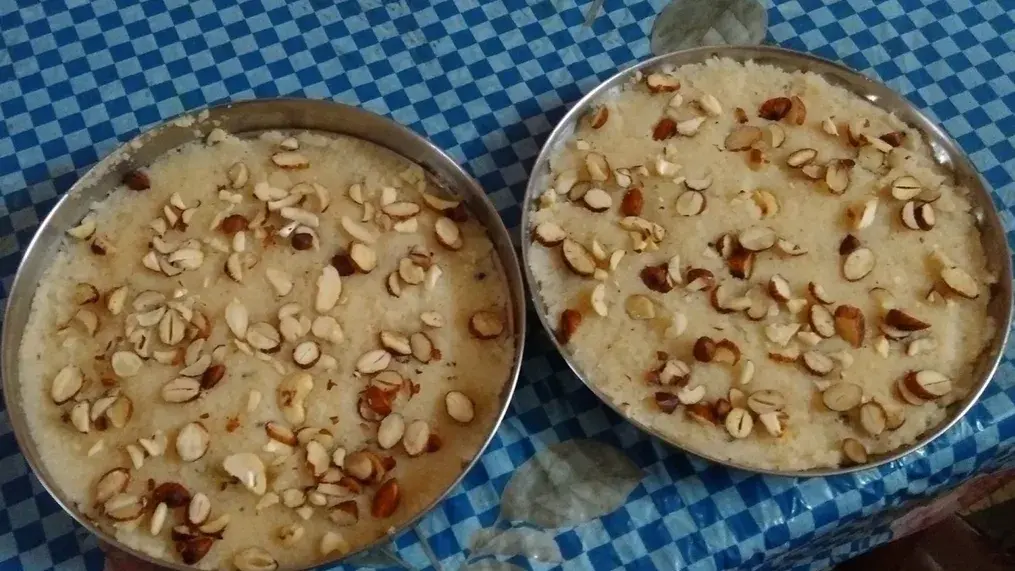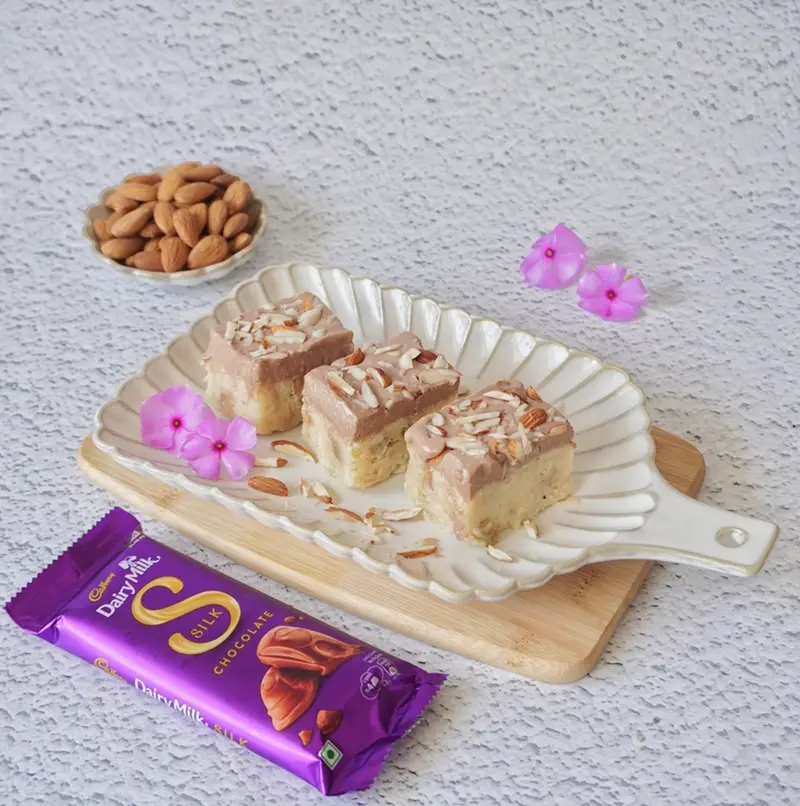Wondering what unique desserts are in store in different parts of the world, come autumn? Read on to find out!

“Chestnuts roasting on an open fire… Jack Frost nipping at your nose”, err perhaps that’s the wrong song for autumn or fall season as the Americans call it. But autumn is indeed when chestnuts are roasted and some genius came up with a way to sneak that into desserts. Alongside chestnuts, other Fall specials like pumpkins, plums, and persimmons ripen and hang heavy on trees and vines. And some countries use them to reinvent existing desserts and some have created entirely new and unique desserts.
1. Pumpkin Pie
One of the classic American desserts, that is made every year for the occasion of the Thanksgiving feast, Halloween, and also when the pumpkins flood the local market, pumpkin pie is best eaten warm. It’s best to bake one and share it among loved ones and the aroma of baking fusing with the spices used in the pumpkin custard will make you long for sweater weather. But, did you know that the earliest pies came from Europe and this particular one comes from France where it is called “tourte pompion”? It changed to pumpkin pudding when it arrived in the US and in a few years was born the beloved pumpkin pie.
2. Varaždinska torta
This Croatian special cake relies heavily on chestnuts which mature in autumn making Varaždinska torta, an autumn specialty of the country. The chestnuts go as a puree mixed with cream and sugar, in between a chocolate sponge cake split into two layers. It’s adorned with a chocolate glaze making it an irresistible treat to serve to guests and family. To take things further, this chocolate cake is decorated with whole chestnuts dipped in chocolate.
3. Mooncake

Mooncakes are associated with the Mid-autumn Festival celebrated in China around the middle of August, September, or October every year. Locally they are known as Yuebing and the exterior tends to be circular, baked, and usually golden-brown, with a wide range of fillings. The filling is engraved on the top of the mooncakes. Typically the sweet fillings are either sweet bean paste, lotus seed paste, or red date (jujube) paste encasing one or more small salted and cured duck egg yolks. This pastry dessert is eaten on a specific date when the Harvest Moon is full and bright and mooncakes are passed around and also gifted among Chinese communities. China, Taiwan, and South Korea have an official holiday for the Mid-autumn Festival, and in other neighboring countries, they are celebrated in another form with different sets of sweets.
4. Yokan
Fall or autumn brings orange hues to Japan with chestnuts, persimmon, and pumpkin being added to almost every sweet made during this time. Like most Japanese desserts, Yokan too uses seasonal ingredients. So what exactly is this sweet? It’s a jelly made with red bean paste, agar agar, and sugar that is smooth and has a creamy texture. It’s prepared as a block and sliced into rectangular slabs that showcase the ingredients used in it and beyond that different ones exist based on preparation methods too. For example, Mushi yokan doesn't contain agar agar and has a soft and chewy texture. There are also Neri yokan and Mizu yokan, one using agar agar and a lot of sugar and the other a refreshing water-based kind. Now boil it down to regional varieties and combined with autumn, there is kaki yokan which uses persimmon, and also the chestnut yokan which is mostly prepared as a Mizu yokan.
5. Gaziantep Baklava

Nestled in the southeastern part of Turkey, Gaziantep is known for its resplendent pistachios. While the city might not be where the royal chefs baked fresh baklavas for the Ottoman Sultans, but, come autumn the city’s pistachios are the perfect size for picking. In fact, these pistachios are the finest in the world and the whole city is fragrant with the aroma of baklava which use these vibrant green pistachios all chopped up to go into the baklava. The baklavas during autumn in Gaziantep are thus green, unlike any other baklava you have ever seen.
6. Quetschentaart

With roots in Germany, Quetschentaart is the national dish of Luxembourg which is made when plums ripen, around September, and floods local stores. Quetschentaart is an open fruit tart that uses the Zwetschgen or Damson plums, the primary ingredient neatly arranged on the tart. The latter is used more to make this delicious plum tart. Traditionally shortcrust pastry is what supports the plums in the tart, but a yeast-rich crust is also used.
7. Tarte aux mirabelles
Plump and succulent cherry tomato-sized plums called Mirabelles otherwise known as “wondrous beauty” form the heart of this French tart. But unlike tomatoes or other liquidy fruits, the liquid content is low in these plums, making them perfect for cakes and tarts. The plums are locally protected and cannot be found elsewhere in the world, and like Luxembourg, France too rejoices in its bountiful plum harvest during the autumn season and these tarts are found everywhere, especially in Lorraine, the northeast part of France where the plums grow.
Like This Article?
More Like This




Popular Articles





Trending Web Stories
Curated Recipes


















